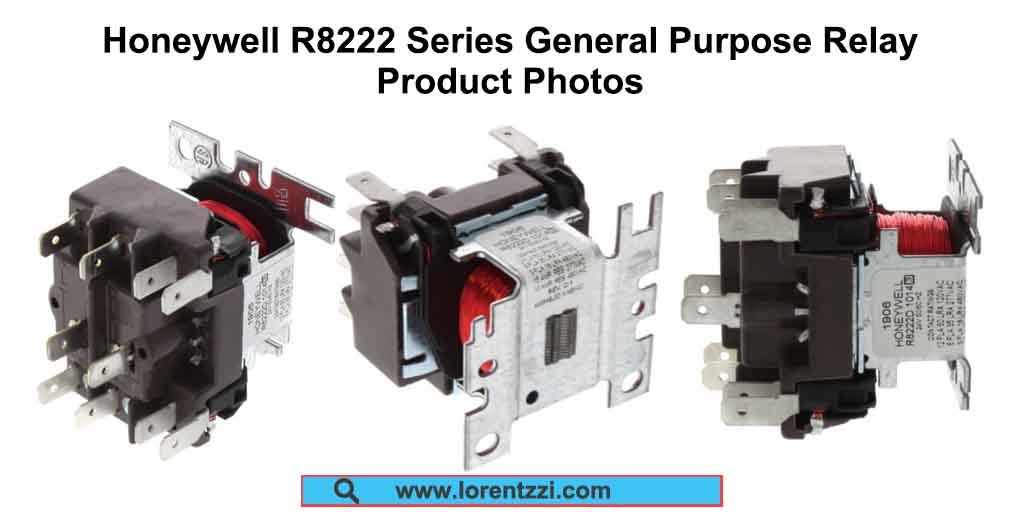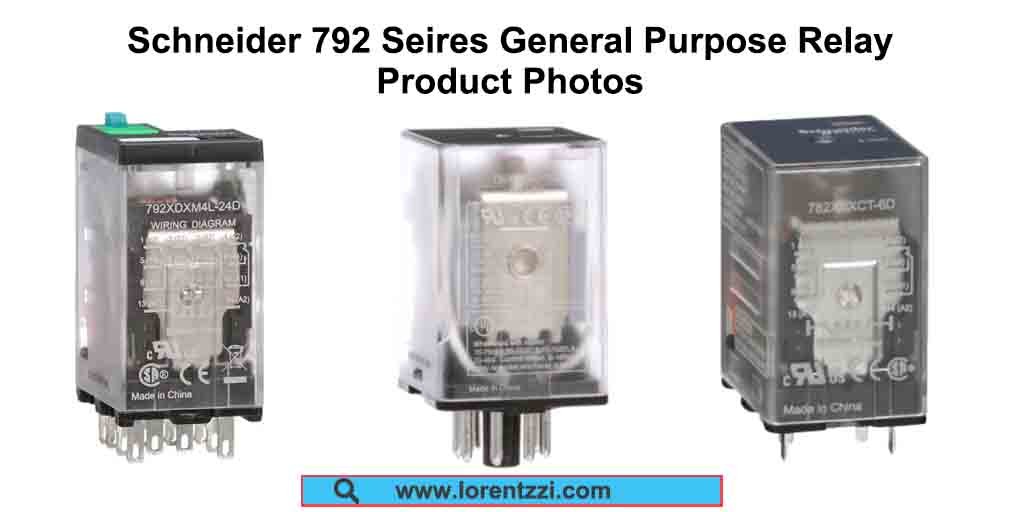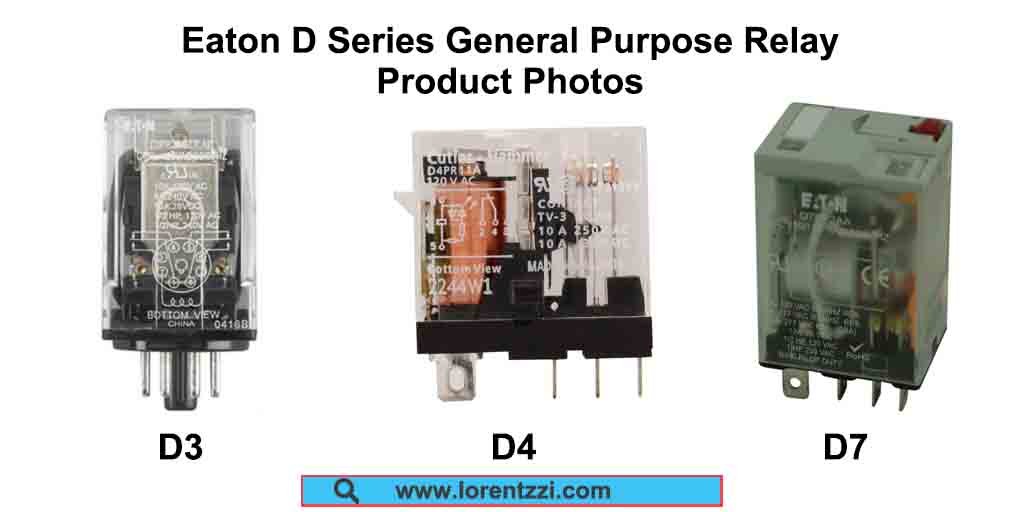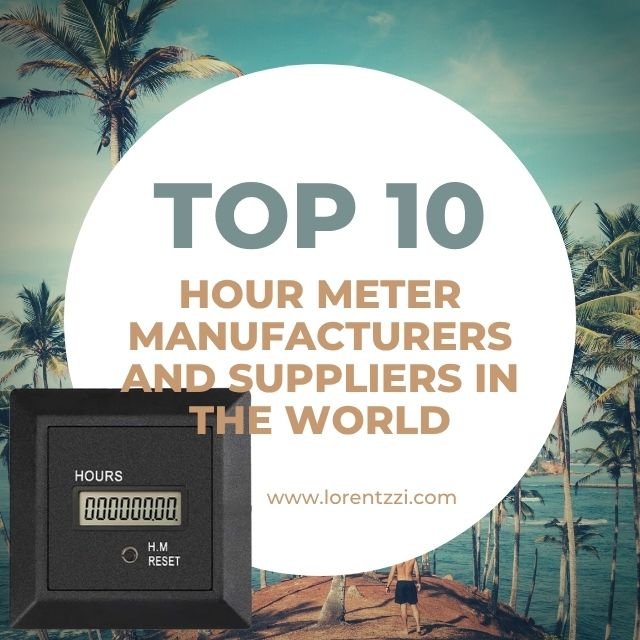When you flick the turn-signal stalk, in the car, you hear a steady “click-click-click.”
Ever wonder where that sound comes from?
It’s the automotive flasher relay – a small universal relay that opens and closes the circuit several times per second.
Each click tells you, the driver, that the turn signal is active, while the flashing lights alert everyone else on the road.
Today we will take a closer look not only at automotive flasher relays, but also at general purpose relays.
General purpose relay definition
A general purpose relay is a switch that uses a small voltage and current (e.g. 24VDC at less than 100 mA) to connect or disconnect a higher voltage load (e.g. 220VAC 10 amp load).
General purpose relays are a perfect replacement for traditional knife switches.

It can isolate high voltage circuits from low voltage circuits, thereby avoiding electric shock and ensuring that users can safely control high voltage loads.
Another advantage is that we can control the load without manually pressing buttons, which obviously speeds up the automation process of the industry.
The general purpose relay is also called electromagnetic relay, miniature relay, power relay, intermediate relay.
General purpose relay types
There are many types of general purpose relays. Let us introduce their types in detail below.
According to the contact quantity difference, the general purpose relay is divided into DPDT, 3PDT, 4PDT types.

- DPDT stands for Double Pole Double Throw, and this relay has two sets of contacts, each with a normally open contact and a normally closed contact, and these two contacts share a terminal, so if the normally open (NO) contact changes to normally closed (NC), the other contact will also change from normally closed (NC) to normally open (NO).
- 3PDT relays have Three Pole Double Through, and each contact also has a normally open contact and a normally closed contact.
- 4PDT stands for 4 Poles Double Throw, and 4PDT relays have four sets of contacts, and each contact also has a normally open contact and a normally closed contact.
According to coil voltage differences, the general purpose relays can be classified into 7 types: DC12V, DC24V, DC110V, AC24V, AC110V, AC220V, AC380V.
Another classification is based on the contact material, which can be divided into three types: silver contacts, silver alloy contacts and gold contacts.
If you are considering choosing the right general purpose relay for your device, it is very important to understand their types.
How does the general purpose relay work?
To understand the working principle of a universal relay, you must first understand its composition.
The general purpose relays consist of a coil, an iron core, an armature, a moving contact, a stationary contact, a spring, a housing, etc.
To explain briefly: When the coil is energized, it creates a magnetic field that pulls the armature. This action closes the normally open (NO) contacts and opens the normally closed (NC) ones, switching the external circuit accordingly.
The following video can make us understand the process more easily:
General purpose relay wiring diagram
As mentioned above, depending on the coil, there are two types, one is DC control type and the other is AC control type, you can see the wiring diagrams of these two types below:

If you still have questions about wiring different types of power relays, you can contact us for technical support.
General purpose relay famous brands and manufacturers
In the following sections, we have compiled the most popular general purpose relay brands from various manufacturers around the world, including Omron, Honeywell, Finder, Schneider and Eaton:
Omron general purpose relay

Omron is a comprehensive supplier of different industrial control products.
Its most popular general-purpose relay is the MKS series, which has a contact capacity of 10 amps and a coil voltage of AC 6-240 V, DC 6-110 V.
The MKS series intermediate relay has advantages such as optional LED indicator lights, mechanical test buttons, diode suppression, and gold contacts.
Honeywell general purpose relay

Honeywell’s most popular general purpose relays are the R8222 series, which cover more than 90% of conventional switching needs in HVAC, refrigeration, home appliances, vending machines, etc.
As you can see from the product picture above, we can only use it by screw mounting, while the Omron general purpose relay is DIN rail mounting type, so the two brands of relays are a little different, and their application scenarios are also different.
Finder general purpose relay

Finder is another Italian intermediate relay manufacturer. Its most popular general-purpose relay is the 40 series. This series of relays is very compact and space-saving, and can be installed on the DIN rail with base socket.
In addition, the features of the 40 series power relays include: compact product size (29*25*12.4 mm), strong base compatibility, and can be used in control cabinets, HVAC systems, and elevator signal switching.
Schneider general purpose relay

Schneider is a French brand that not only provides general purpose relays, but also circuit breakers, various contactors and other products.
Its popular general purpose relay series is the 792 series.
This series is a plug-in relay that provides transparent or full-featured housing, supports a variety of mounting methods and accessories, and the standard version is rated at 6-15A and the low-level version is rated at 3A.
It is suitable for automation panels, control systems and conveyor belt control.
Eaton general purpose relays

Eaton also offers high-quality general-purpose relays, with popular series including the D3, D4, and D7 series.
What are the differences?
The D3 series features an octal base and offers a variety of coil voltage options for general-purpose control applications.
The D4 series is smaller, fits into tight spaces, and offers a standard socket.
The D7 series has a larger contact capacity for heavy-duty applications such as industrial controls.
How to choose a general purpose relay
There are 5 steps to choosing a suitable general purpose relay:
1.Coil (control) voltage
Match the coil to your control circuit: 6 V DC, 12 V DC, 24 V DC, 110 V AC, 230 V AC, etc.
2.Contact rating
- Switching current and voltage must exceed the maximum load.
- Common ratings: 3 A, 6 A, 10 A, 16 A at 250 V AC or 30 V DC.
- If the load is inductive, derate the contact current or select an AgSnO₂ contact.
3.Contact configuration and material
- Decide how many poles you need: DPDT, 3PDT, 4PDT, etc.
- Choose contact material:
– AgNi: general resistive loads
– AgSnO₂: high inrush or inductive loads
– Au-plated: low-level signal switching
4.Brand and budget consideration
Universal relays of different brands have different service lives. It is a wise choice to choose well-known brand products.
Well-known brands have lower risks in use, but they are also more expensive.
If the budget is limited, it is also possible to choose less well-known brand products.
5.Package, mounting, and approvals
- Pin spacing: standard 2.54 mm or industry DIN rail sockets.
- Check for UL, ETL, CSA or CE, if required by your market or customer.
- Balance brand reputation against project budget; reputable brands typically offer longer life and better documentation.
Conclusion
In short, the general relay is a new type of switch widely used in the field of industrial control. It can use small current and low voltage to control high voltage and high current loads.
At the same time, it can effectively isolate low voltage and high voltage circuits.
At Lorentzzi®, we can provide high quality contact general purpose relays and non-contact solid state relays, if you want to buy both of these relays, you can contact us or send an email to shonxu@lorentzzi.com.







